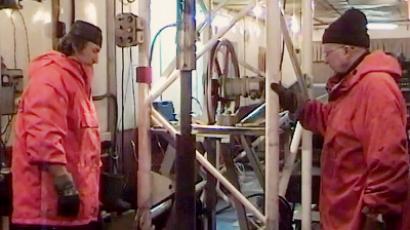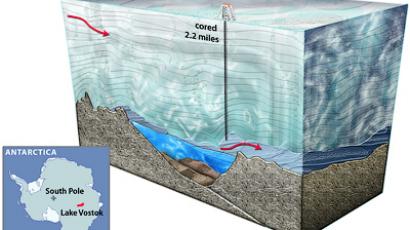Den of antiquity: Flower reanimated from 30,000yo seeds
Russian scientists have resurrected a flowering plant from 30,000-year-old seeds found in an Ice Age squirrel’s treasure chamber in the Siberian permafrost. This pioneering experiment paves the way for the revival of other species.
Silene stenophylla – the oldest plant ever to be regenerated – is fertile, producing white flowers and viable seeds. The plant is by far the oldest to be brought back from the dead. The previous record holder was a sacred lotus, dating back about 1,200 years, according to the New Scientist magazine.The experiment proves that permafrost serves as a natural depository for ancient life forms, said the Russian researchers who conducted the experiment. Their findings have been published in Tuesday’s issue of “Proceedings of the National Academy of Sciences” of the United States.“We consider it essential to continue permafrost studies in search of an ancient genetic pool, that of pre-existing life, which hypothetically has long-since vanished from the Earth’s surface,” the scientists said in the article.Stanislav Gubin, one of the authors of the study said the study has demonstrated that tissue can survive ice conservation for tens of thousands of years, paving the way to the possible resurrection of Ice Age mammals.“If we are lucky, we can find some frozen squirrel tissue,” Gubin told the AP. “And this path could lead us all the way to mammoth.”The Russian research team recovered the fruit after investigating dozens of fossil burrows hidden in ice deposits on the right bank of the lower Kolyma River in northeastern Siberia, the sediments dating back 30,000-32,000 years.“The squirrels dug the frozen ground to build their burrows, which are about the size of a soccer ball, putting in hay first and then animal fur for a perfect storage chamber,” said Gubin, who spent years rummaging through the area for squirrel burrows. “It’s a natural cryobank.”Japanese scientists are already searching in the same area for mammoth remains, but Gubin voiced hope that the Russians will be the first to find some frozen animal tissue that could be used for regeneration.














